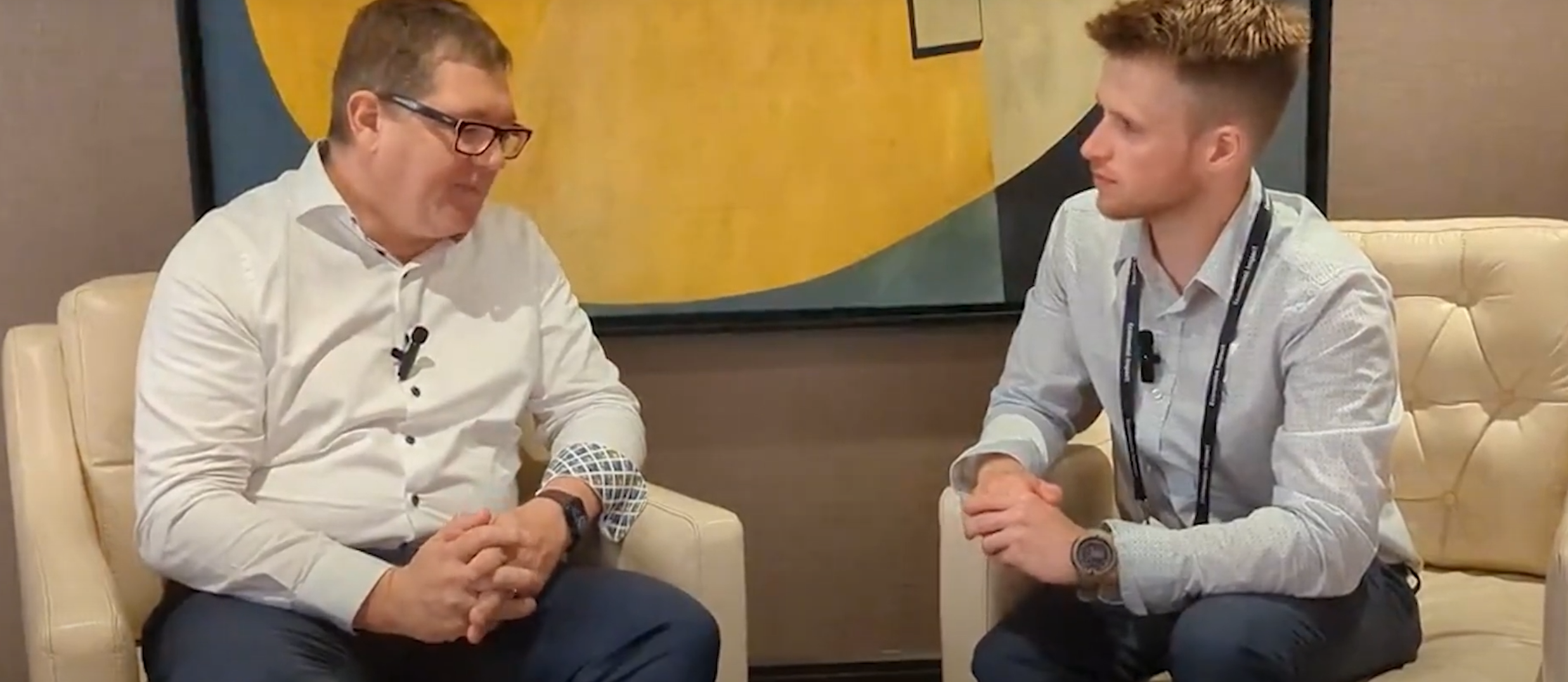I had the pleasure of interviewing Gerhard Kress, the Senior Vice President of Xcelerator Portfolio and Digital Business at Siemens, where we explored the significance of digital twins in the industrial metaverse at the Economist Enterprise Metaverse Summit 2023.
Digital twins, as Gerhard eloquently described, serve as virtual representations of physical assets or systems, providing a digital replica of the real world with all its intricacies. Their value lies not in achieving perfect one-to-one matches but in capturing reality and understanding the ripple effects of changes in the digital model on the physical counterpart.

The potential of digital twins in mitigating risks during product design and manufacturing is truly remarkable. By utilizing digital twins, businesses can optimize processes, minimize reliance on physical prototypes, and expedite development, ultimately leading to significant time and cost savings which in turn leads to rapid adoption solving real world issues:
“I firmly believe that the Industrial Metaverse will experience rapid adoption in the real world because it addresses genuine challenges and solves real problems. Contrary to a vision that materializes ten years down the line, the Industrial Metaverse offers tangible solutions available today, ready to be utilized and embraced. These are not mere concepts; they are practical tools that can significantly improve our lives and drive tangible benefits.” enunciated Gerhard.
Gerhard emphasized four critical areas where digital twins demonstrate their prowess:
Design and Engineering: Digital twins enable streamlined product design and testing, reducing the need for exhaustive physical iterations and accelerating development.
Production Process Optimization: By creating virtual factory layouts and testing production processes before implementation, digital twins enhance throughput, energy efficiency, and overall cost-effectiveness.
Process Improvement: Established production processes benefit from continuous optimization through digital twins, enabling agile responses to supply chain challenges and ensuring optimal performance.
Asset Servicing: Throughout an asset’s lifecycle, digital twins contribute to enhanced reliability and performance, maximizing value for customers and businesses alike, as Gerhard reiterates:
“Through the implementation of digital twins, we witnessed remarkable transformations in our industrial operations. In a small factory in Shenzhen, we achieved a groundbreaking 30% increase in output, while concurrently reducing the factory’s physical footprint by 40% and slashing energy consumption by an impressive 20%. This represents a complete game changer for us and our customers.”
During our discussion, we also touched upon the potential worth of the Industrial Metaverse, and the projections are nothing short of awe-inspiring. Siemens estimates its value to reach $100 billion by 2030, yet we can’t help but recognize that this estimation may be conservative. As technology becomes more accessible, we anticipate an outpouring of innovative ideas that could surpass our current expectations.
Undoubtedly, data lies at the core of building effective digital twins. From creating accurate digital representations to calibrating and aligning them with the real world, data serves as the foundational backbone. However, Gerhard rightfully pointed out that understanding the system’s behavior is equally vital, as data alone may lack the necessary context to provide a comprehensive understanding.
Lastly, we delved into the distinction between the industrial and enterprise metaverse. While the industrial metaverse revolves around optimizing processes and physical assets, the enterprise metaverse centers on collaboration and business processes, catering to the dynamics of business-to-business decision-making:
“For me, the Industrial Metaverse revolves around processes and industries, encompassing production processes, building operations, infrastructures such as power grids, and more. It centers on dealing with physical assets as the primary components that drive action.
On the other hand, the enterprise metaverse is about people in an enterprise setting. It focuses on enterprise processes, financial aspects, collaboration within an enterprise, and it differs from the consumer matters.
In essence, the Industrial Metaverse and the enterprise metaverse have distinct characteristics, catering to different aspects of business operations and decision-making.” – said Gerhard.
In conclusion, the conversation shed light on the immense potential of digital twins in the Industrial Metaverse. Their ability to optimize designs, processes, and asset performance holds incredible value for businesses seeking operational excellence and improved customer experiences. As technology continues to progress and success stories abound, the projected worth of the Industrial Metaverse is likely to surpass even the loftiest of expectations, revolutionizing industries and shaping the future.
If you found this article to be informative, you can explore more current Digital Twin news here exclusives, interviews, and podcasts.













